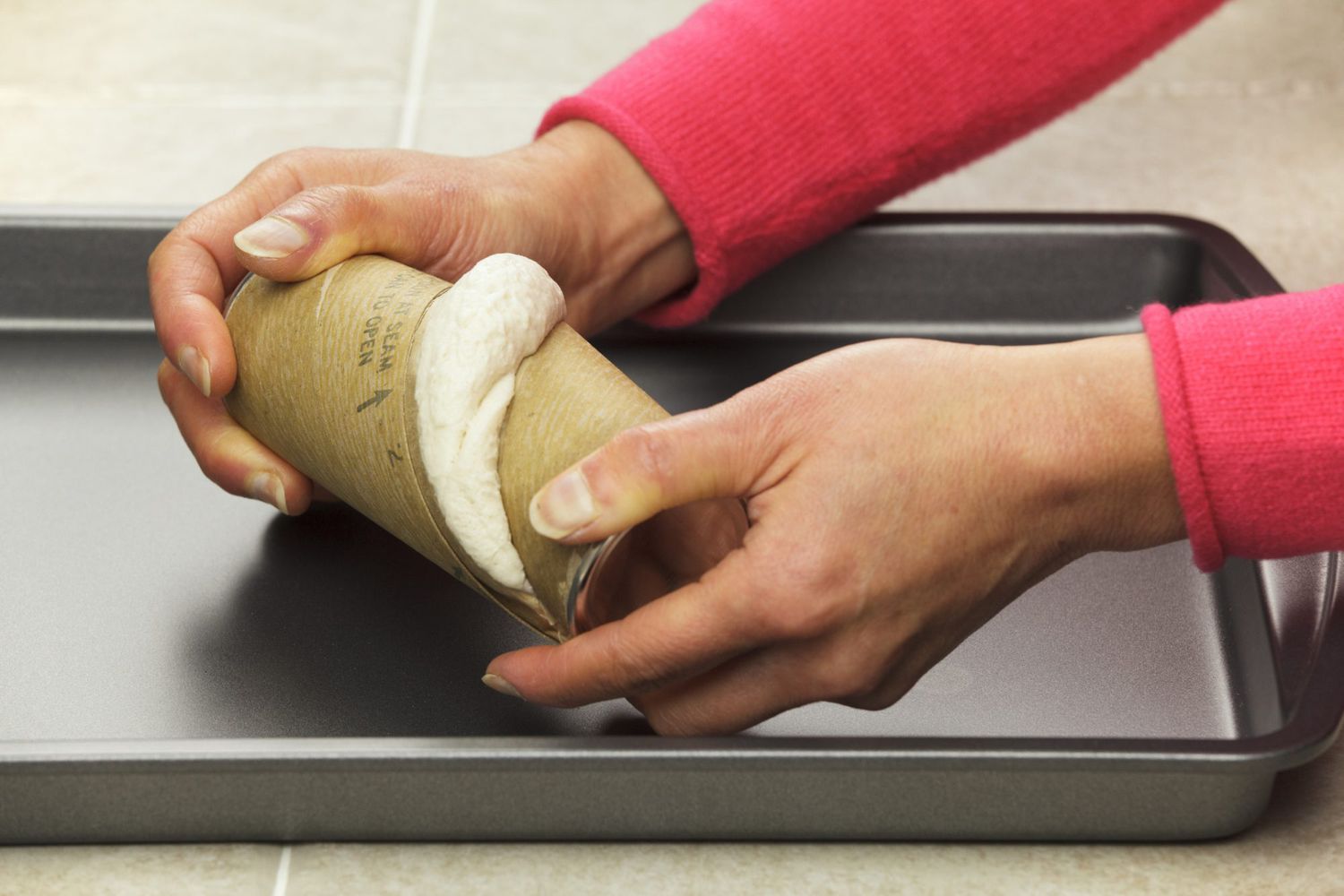

Articles
How To Store Biscuit Dough After Opening
Modified: February 22, 2024
Discover the best way to store biscuit dough after opening. Read our informative articles for tips and tricks on preserving freshness and maximizing taste.
(Many of the links in this article redirect to a specific reviewed product. Your purchase of these products through affiliate links helps to generate commission for Storables.com, at no extra cost. Learn more)
Introduction
Biscuits are a beloved baked good, known for their flaky, buttery texture and delicious taste. Whether you’re making biscuits from scratch or using store-bought dough, it’s important to know how to properly store biscuit dough after opening. Proper storage not only helps maintain the freshness and quality of the dough, but it also allows you to enjoy biscuits whenever you crave them, without the need to start from scratch each time.
In this article, we will explore the best practices for storing biscuit dough after opening. We will delve into the different methods of refrigerating and freezing dough and provide useful tips for maintaining its freshness. Additionally, we will offer creative ideas for using up leftover biscuit dough, ensuring that no delicious morsel goes to waste.
So, whether you’re an avid baker or just someone who enjoys the occasional homemade biscuit, join us as we unravel the secrets to storing biscuit dough and keeping it at its best for future use. Let’s dive in!
Key Takeaways:
- Store biscuit dough in airtight containers in the refrigerator for short-term use, ensuring convenience and freshness for future baking adventures.
- Get creative with leftover biscuit dough by making biscuit cinnamon rolls, mini pizzas, donuts, stuffed biscuits, and more, turning every bit of dough into a delicious homemade treat.
Read more: How To Store Biscuits After Opening
Why is it important to store biscuit dough after opening?
Storing biscuit dough properly after opening is crucial for several reasons.
First and foremost, proper storage helps preserve the freshness of the dough, ensuring that it maintains its flavor and texture. Biscuit dough is made with ingredients such as flour, butter, and leavening agents that can deteriorate over time if not stored correctly. By storing the dough properly, you can extend its shelf life and prevent it from becoming dry, stale, or spoiled.
Secondly, storing biscuit dough allows for convenience and flexibility in baking. Having dough readily available means that you can easily whip up a batch of fresh biscuits whenever the craving strikes or when unexpected guests arrive. This convenience is particularly useful if you have a busy schedule or limited time for baking.
Moreover, by properly storing biscuit dough, you can reduce food waste. Instead of discarding leftover dough, you can store it and use it later. This not only helps you save money but also promotes sustainability by utilizing all the resources and ingredients at your disposal.
Lastly, storing biscuit dough after opening allows for experimentation and creativity in the kitchen. You can use the dough for more than just traditional biscuits. With stored dough, you can explore various recipes, such as sweet or savory twists on biscuits, pizza crusts, turnovers, or even dumplings. Storing the dough opens up a world of culinary possibilities and encourages you to think outside the box when it comes to your baking creations.
In summary, proper storage of biscuit dough after opening is important to maintain its freshness, ensure convenience in baking, reduce food waste, and unleash your creativity in the kitchen. So, let’s learn the best methods for storing biscuit dough to take full advantage of this versatile and delicious ingredient.
Best Practices for Storing Biscuit Dough
To keep your biscuit dough fresh and ready for future use, here are some best practices for storing it:
- Use airtight containers: When storing biscuit dough, it’s crucial to use airtight containers. This helps prevent exposure to air, which can dry out the dough and affect its quality.
- Label and date: To avoid confusion, label your containers with the date the dough was prepared. This will help you keep track of its freshness and ensure you use older dough first.
- Store in the refrigerator: Biscuit dough can be stored in the refrigerator for short-term use. This method allows you to have dough on hand and ready to bake within a few days.
- Wrap in plastic wrap: Before placing the dough in a container, wrap it tightly with plastic wrap. This additional layer of protection helps maintain its moisture and prevents it from absorbing any odors from the refrigerator.
- Keep away from strong odors: Biscuit dough easily absorbs odors from other foods in the refrigerator. To prevent this, store the dough away from pungent ingredients like onions, garlic, or strong cheeses.
Remember to follow these best practices to ensure the longevity and freshness of your biscuit dough. Proper storage not only maintains its quality but also saves you time and effort when you’re ready to bake.
Refrigerating Biscuit Dough
Refrigerating biscuit dough is a popular method for storing it, especially when you plan to use it within a few days. Here are the steps to refrigerate your biscuit dough effectively:
- Prepare the dough: Start by preparing your biscuit dough according to your favorite recipe. Mix the ingredients until just combined, being careful not to overmix, as this can yield tough biscuits.
- Wrap the dough: Once your dough is ready, shape it into a ball and wrap it tightly with plastic wrap. This will help retain moisture and prevent the dough from drying out.
- Store in an airtight container: Place the wrapped dough in an airtight container to provide an extra layer of protection from the refrigerator’s environment. This will help maintain the dough’s freshness and prevent it from absorbing any unwanted flavors.
- Label and date the container: Remember to label the container with the date of storage. This way, you can keep track of how long the dough has been in the refrigerator.
- Refrigerate the dough: Finally, place the airtight container in the refrigerator. Biscuit dough can typically be kept in the refrigerator for up to 3-4 days, but it’s best to use it as soon as possible for optimal freshness and rising results.
When you’re ready to bake, simply take the dough out of the refrigerator, remove the plastic wrap, and proceed with your recipe. Allow the dough to come to room temperature for about 15-30 minutes before rolling, cutting, and baking the biscuits.
Refrigerating biscuit dough is a convenient method, as it allows you to have fresh dough on hand whenever you’re in the mood for biscuits. Plus, the chilled dough is easier to handle and helps the biscuits maintain their shape and rise during baking. So, give this method a try and enjoy freshly baked biscuits in no time!
After opening, store biscuit dough in an airtight container or resealable plastic bag in the refrigerator. Make sure to use it within 1-2 days for best results.
Freezing Biscuit Dough
Freezing biscuit dough is a fantastic option if you want to store it for longer periods, extending its shelf life for up to three months. Freezing allows you to have dough readily available whenever the craving for biscuits strikes. Follow these steps to freeze your biscuit dough effectively:
- Prepare the dough: Start by preparing your biscuit dough according to your preferred recipe. Make sure to mix the ingredients just until they are combined to avoid creating tough biscuits.
- Shape the dough: Shape the dough into a ball or flatten it slightly to make it easier to work with later on.
- Wrap the dough: Wrap the dough tightly in plastic wrap, ensuring that it is completely sealed to prevent any air from reaching the dough.
- Place in a freezer bag: Put the wrapped dough into a freezer-safe plastic bag and remove as much air as possible before sealing it.
- Label and date the bag: Use a permanent marker to label the bag with the type of dough and the date of freezing.
- Freeze the dough: Place the bag of dough in the freezer, making sure it lies flat to allow for even freezing and easier storage.
When you’re ready to bake, follow these steps to thaw and use the frozen biscuit dough:
- Thaw the dough: Remove the frozen dough from the freezer and let it thaw in the refrigerator overnight. This slow thawing process helps ensure the dough maintains its texture and quality.
- Bring to room temperature: Remove the dough from the refrigerator and let it sit at room temperature for about 15-30 minutes to allow it to soften slightly.
- Roll, cut, and bake: Roll out the dough to your desired thickness, cut out the biscuits using a biscuit cutter, and bake them according to your recipe’s instructions. Freezing the dough may slightly affect its rising capabilities, so keep this in mind when baking.
By freezing biscuit dough, you’ll always be ready to whip up a fresh batch of biscuits without the need to prepare the dough from scratch. Plus, freezing the dough allows you to enjoy the taste and texture of freshly baked biscuits even on busy days. So, why not give freezing a try and have always-ready biscuit dough at your fingertips?
Read more: How To Store Biscuit Dough
Tips for Maintaining Dough Freshness
To ensure the freshness and quality of your biscuit dough, consider these helpful tips:
- Use fresh ingredients: Start with fresh and high-quality ingredients when making your biscuit dough. This includes fresh flour, butter, and leavening agents. Using stale or expired ingredients can negatively impact the taste and texture of your dough.
- Handle the dough minimally: When preparing the dough, handle it as little as possible. Overmixing or over-kneading can lead to tough biscuits. Mix the ingredients until just combined to maintain the light and flaky texture.
- Measure accurately: Accurate measurement of ingredients is vital for consistent results. Use measuring cups and spoons to ensure you add the right amounts of each ingredient. This helps maintain the proper ratio of ingredients and enhances the dough’s overall quality.
- Avoid over-flouring: When rolling out the dough, use just enough flour to prevent sticking. Excessive flour can toughen the dough and affect its rising abilities. Too much flour can also alter the balance of ingredients and result in a dry and dense final product.
- Keep it cool: While working with the dough, keep it in a cool environment to prevent the butter from melting and the dough from becoming too soft. Chilled dough is easier to handle and results in lighter and flakier biscuits.
- Prevent contamination: Ensure that all utensils, surfaces, and your hands are clean when handling the dough. Contaminants can affect the flavor and freshness of the dough. Avoid cross-contamination by storing the dough separately from other fragrant ingredients in the refrigerator or freezer.
- Bake immediately after thawing: If you’re using frozen dough, it’s best to bake it as soon as it has thawed. This preserves the freshness and rising abilities of the dough.
By following these tips, you can maintain the freshness and quality of your biscuit dough, resulting in delicious, fluffy, and flavorful biscuits every time. Remember, the key is to handle the dough with care, use fresh ingredients, and pay attention to the little details that contribute to the overall success of your baking endeavors.
Creative Ideas for Using Leftover Biscuit Dough
Leftover biscuit dough provides a wonderful opportunity to get creative in the kitchen. Don’t let that extra dough go to waste! Here are some fun and delicious ideas for using up your leftover biscuit dough:
- Biscuit Cinnamon Rolls: Roll out the dough into a rectangle, spread a mixture of cinnamon, sugar, and butter on top, then roll it up tightly. Slice the roll into individual pieces and bake them in a greased pan until golden brown. Drizzle with icing for a delightful twist on classic cinnamon rolls.
- Mini Biscuit Pizzas: Flatten small portions of the dough and top them with your favorite pizza sauce, cheese, and toppings. Bake until the cheese is melted and bubbly for a quick and tasty mini pizza treat.
- Biscuit Donuts: Flatten the dough and cut out small circles with a biscuit cutter. Cut a small hole in the center of each circle to create a donut shape. Deep fry until golden brown, then coat them in powdered sugar or glaze for homemade donut bliss.
- Stuffed Biscuits: Roll out the dough into small circles, place a spoonful of your favorite sweet or savory filling (such as jam, Nutella, cheese, or cooked ground meat) in the center, then fold and pinch the edges to seal. Bake until golden brown for scrumptious stuffed biscuits.
- Biscuit Cobbler Topping: Tear the dough into small pieces and use them as a rustic topping for fruit cobblers. Simply layer the dough pieces on top of the fruit filling, then bake until the topping is golden and the fruit is bubbly and tender.
- Biscuit Croutons: Cut the dough into small cubes and bake them in the oven until crispy. Use these homemade croutons to top salads or soups for an added crunch and delicious flavor.
- Biscuit Dumplings: Drop small pieces of dough into simmering soups or stews to create fluffy and flavorful dumplings. Let them cook for a few minutes until cooked through and serve with the hearty broth.
These are just a few creative ideas to inspire you to make the most of your leftover biscuit dough. Don’t be afraid to experiment and come up with your own unique creations. The versatility of biscuit dough allows you to explore different flavor combinations and enjoy homemade treats beyond traditional biscuits. So let your culinary imagination run wild and enjoy the delicious results!
Conclusion
Storing biscuit dough after opening is a valuable skill for any avid baker or biscuit enthusiast. By following the best practices outlined in this article, you can ensure that your biscuit dough remains fresh, convenient, and ready to be transformed into delectable homemade biscuits.
Refrigerating the dough allows for short-term storage, providing you with the flexibility to bake biscuits within a few days. Wrapping the dough tightly and using airtight containers are essential steps to preserve its moisture and prevent it from drying out.
For longer-term storage, freezing the biscuit dough is the way to go. Properly wrapping and sealing the dough before freezing helps retain its quality for up to three months. Thawing the dough in the refrigerator ensures that it maintains its texture and rises properly when baked.
To maintain the freshness of your biscuit dough, it is important to handle the dough minimally, use fresh ingredients, and follow accurate measurements. Avoid over-flouring and keep the dough cool while you work with it.
Don’t let any leftover dough go to waste! Get creative in the kitchen with ideas such as biscuit cinnamon rolls, mini biscuit pizzas, biscuit donuts, stuffed biscuits, biscuit cobbler toppings, biscuit croutons, and biscuit dumplings. These innovative uses will allow you to enjoy the versatility of biscuit dough beyond traditional biscuits.
In conclusion, storing and utilizing biscuit dough after opening is a valuable practice that promotes convenience, reduces food waste, and allows for creative culinary exploration. So, the next time you have leftover biscuit dough, don’t hesitate to store it properly and embark on a delicious baking adventure. Your homemade biscuits will be all the more satisfying knowing that you made the most out of every bit of dough.
Frequently Asked Questions about How To Store Biscuit Dough After Opening
Was this page helpful?
At Storables.com, we guarantee accurate and reliable information. Our content, validated by Expert Board Contributors, is crafted following stringent Editorial Policies. We're committed to providing you with well-researched, expert-backed insights for all your informational needs.
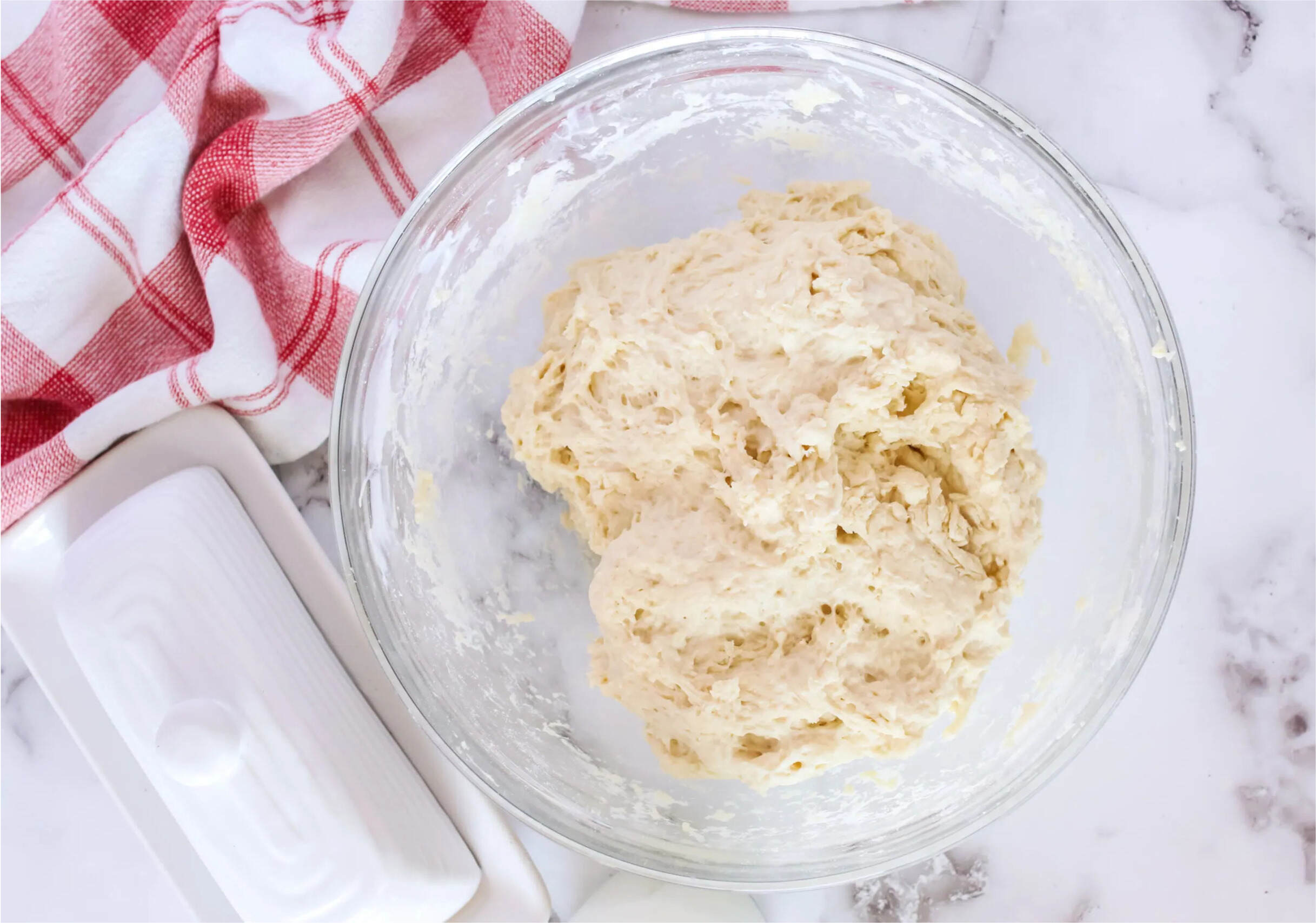
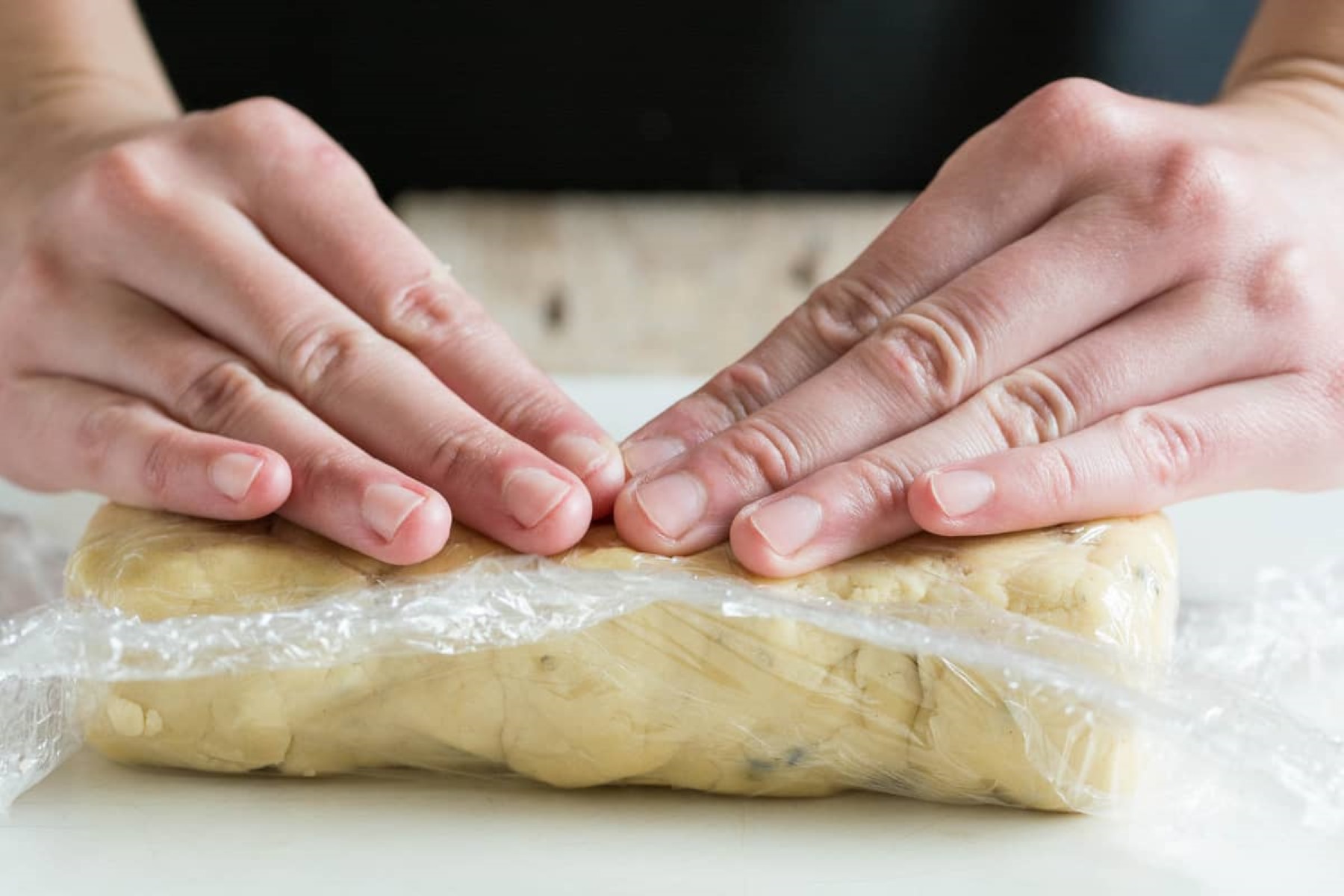
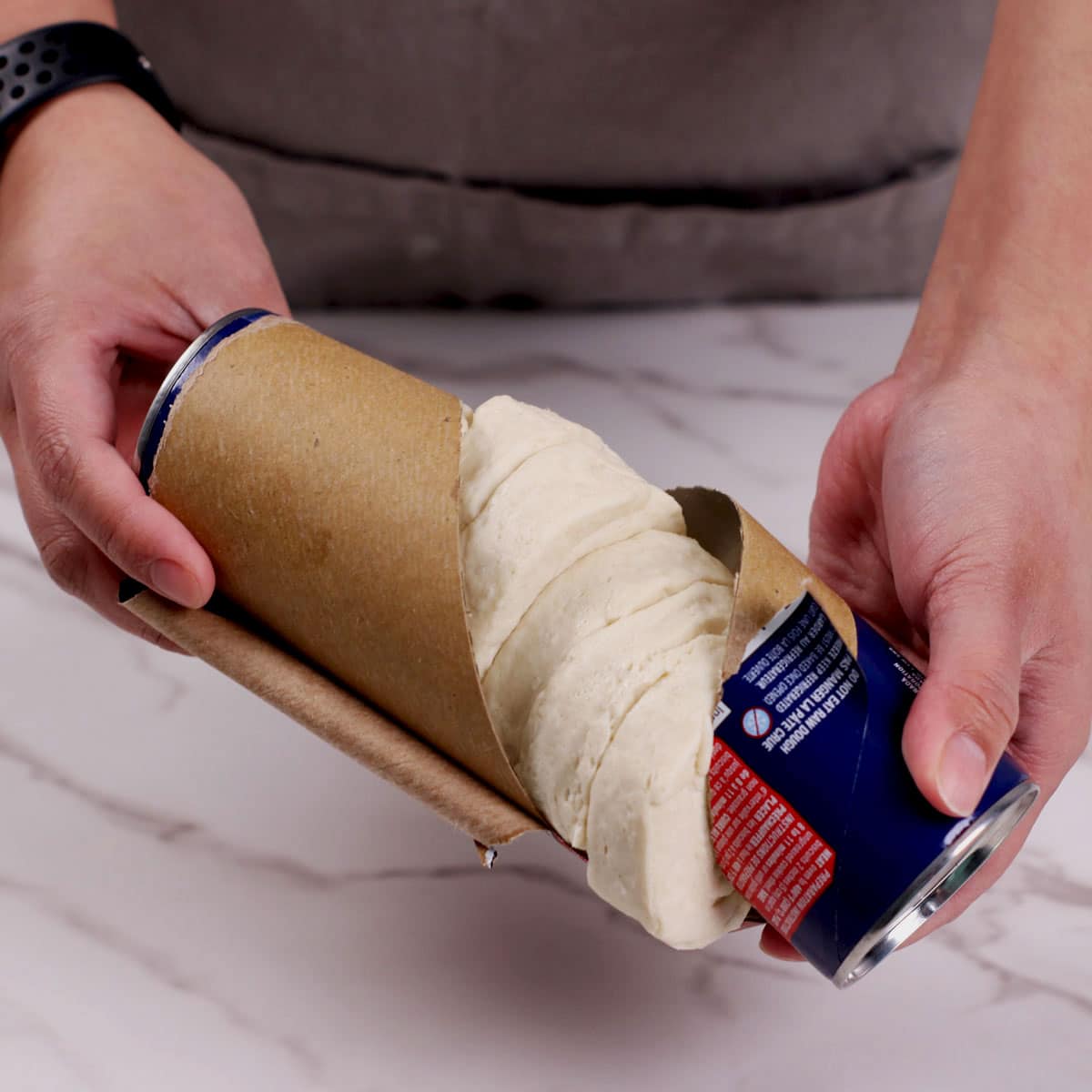
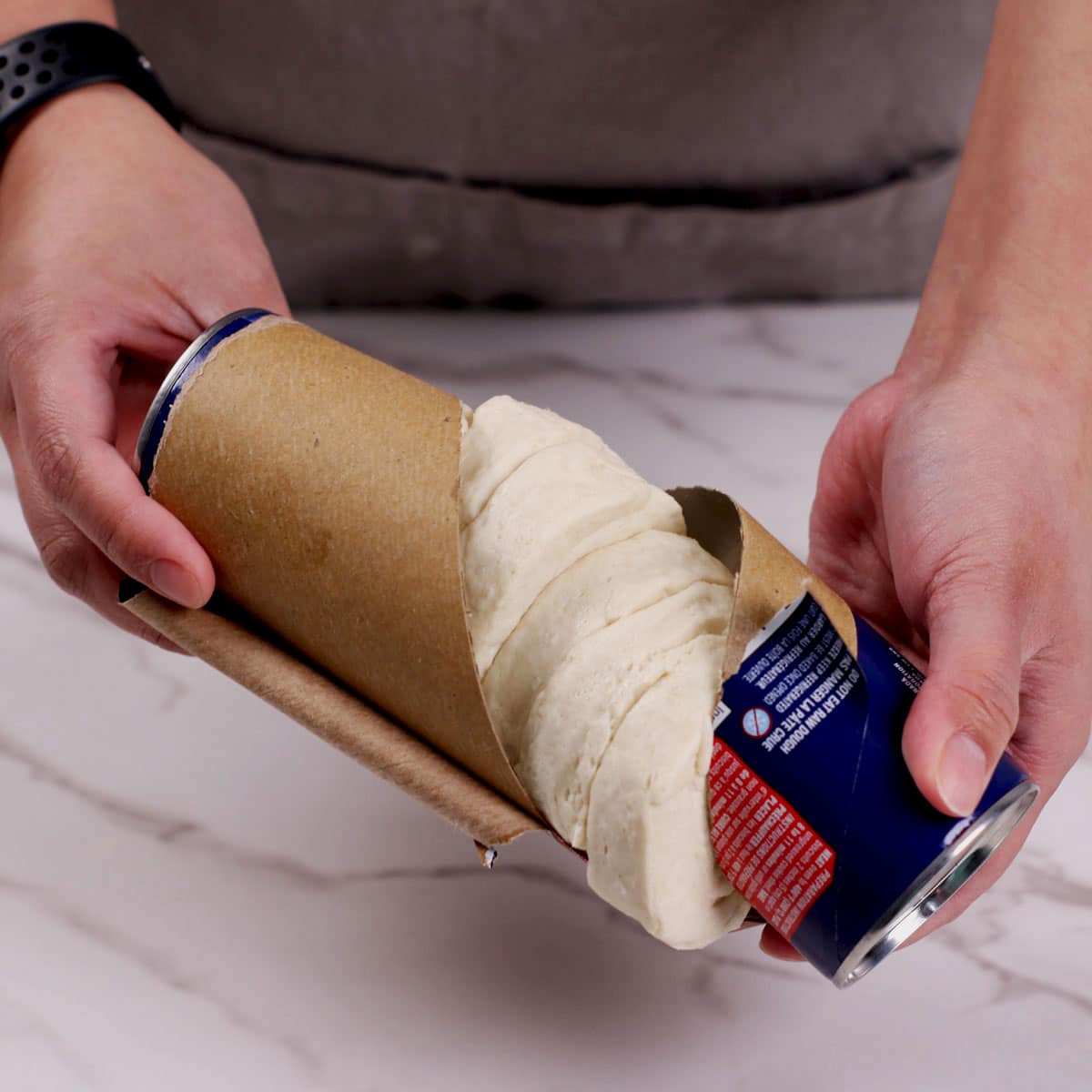
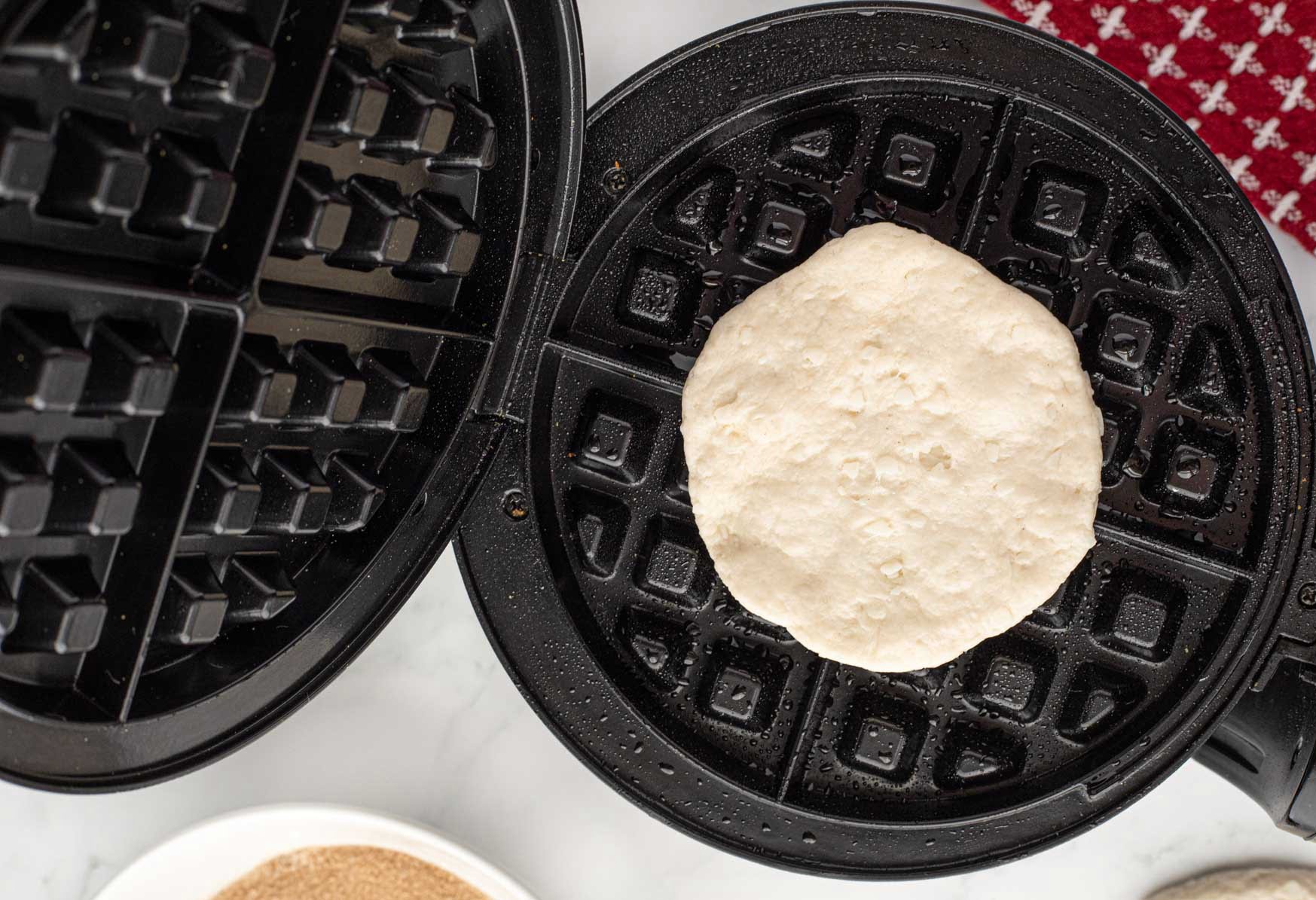










0 thoughts on “How To Store Biscuit Dough After Opening”